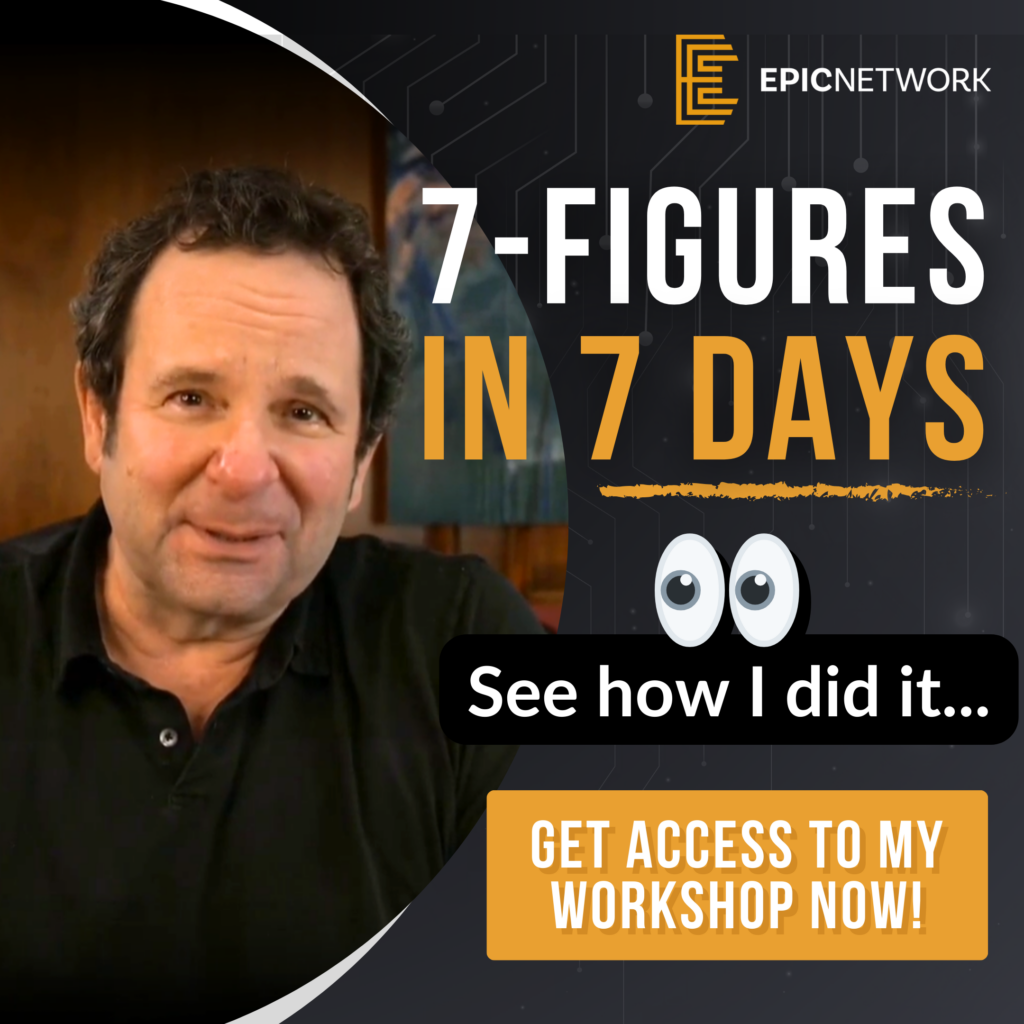
Amazon businesses present exciting opportunities for growth, but they also come with unique risks and valuation challenges. For entrepreneurs and investors, understanding how to assess these businesses and structure deals effectively is essential for success.
In this guide, we’ll explore key strategies for valuation and scaling Amazon businesses, providing actionable insights to maximize value and minimize risks.
1. Understanding Amazon Business Valuation
Amazon businesses are often valued based on their dependency on the platform and the risks associated with single-channel revenue. While businesses generating $10 million in revenue and $2.5 million in net income might seem lucrative, their reliance on Amazon introduces volatility.
Typical Valuation Multiples:
- Average Multiple: ~5x net income for Amazon-exclusive businesses.
- Higher Multiples: Achievable if the business is professionally managed or diversifies its sales channels.
Pro Tip: Use the “Owner-Operated Chart of Values” to assess where a business falls within a standard valuation range.
2. The Risks of Amazon Dependency
Amazon’s dominance is both a blessing and a curse. Businesses that rely heavily on Amazon face risks such as account suspension, competition from Amazon Basics, or sudden policy changes.
Key Risks to Address:
- Single Traffic Source: Diversify beyond Amazon to reduce dependency.
- Platform Vulnerability: Develop strategies to protect against account-related issues.
Pro Tip: Present these risks to sellers during negotiations to justify a conservative valuation.
3. Structuring Creative Deals
When working with Amazon businesses, creative deal structures can align incentives and reduce upfront costs. A common approach is a Consulting for Equity (CFE) arrangement, which ties compensation to growth and exit performance.
Sample CFE Structure:
- Retainer: $20,000/month.
- Profit Participation: 20% of profit growth above the baseline.
- Exit Value Share: 20% of the increased exit value beyond the current valuation.
Pro Tip: Use the “10/10/10” or “20/20/20” framework to simplify terms and make offers more digestible for clients.
4. Combining Services for Maximum Impact
If you’re offering multiple services—such as Amazon PPC management and full-service account support—consider bundling these into a single package to streamline your proposal.
Advantages of Bundling:
- Simplified Pitch: Reduces complexity during negotiations.
- Integrated Growth Plan: Aligns all services toward shared goals.
Example: Instead of offering Amazon PPC management separately, combine it with a profit-sharing CFE deal. Position the package as a comprehensive growth partnership.
5. Scaling Amazon Businesses for Exit
Many Amazon business owners are unaware of the potential for multiple arbitrage and scaling strategies. Educate them on how to grow their businesses for maximum exit value.
Key Scaling Strategies:
- Diversify Sales Channels: Expand into Shopify, Walmart, or other platforms.
- Optimize Amazon Performance: Leverage full-service management to improve rankings, reduce ad spend, and boost profitability.
- Develop a Clear Exit Plan: Help clients understand how growth translates into higher valuation multiples.
Pro Tip: Offer to manage scaling efforts under a profit-sharing arrangement to incentivize collaboration.
Final Thoughts on Valuation and Scaling Amazon Businesses
While Amazon businesses present unique challenges, their growth potential makes them attractive acquisition targets. By combining creative deal structures, risk mitigation strategies, and comprehensive scaling plans, you can unlock significant value for both sellers and buyers.
Approach negotiations with confidence, educate sellers on their options, and position yourself as a strategic partner in their growth journey.
Additional Resources:
- Understanding Amazon Business Valuations
- Risk Management for Amazon Sellers
- Scaling Strategies for E-Commerce Success
Ready to explore acquisition strategies that fit your needs?
Book a Free Strategy Session with the EPIC Network to discover customized solutions to support your success.










